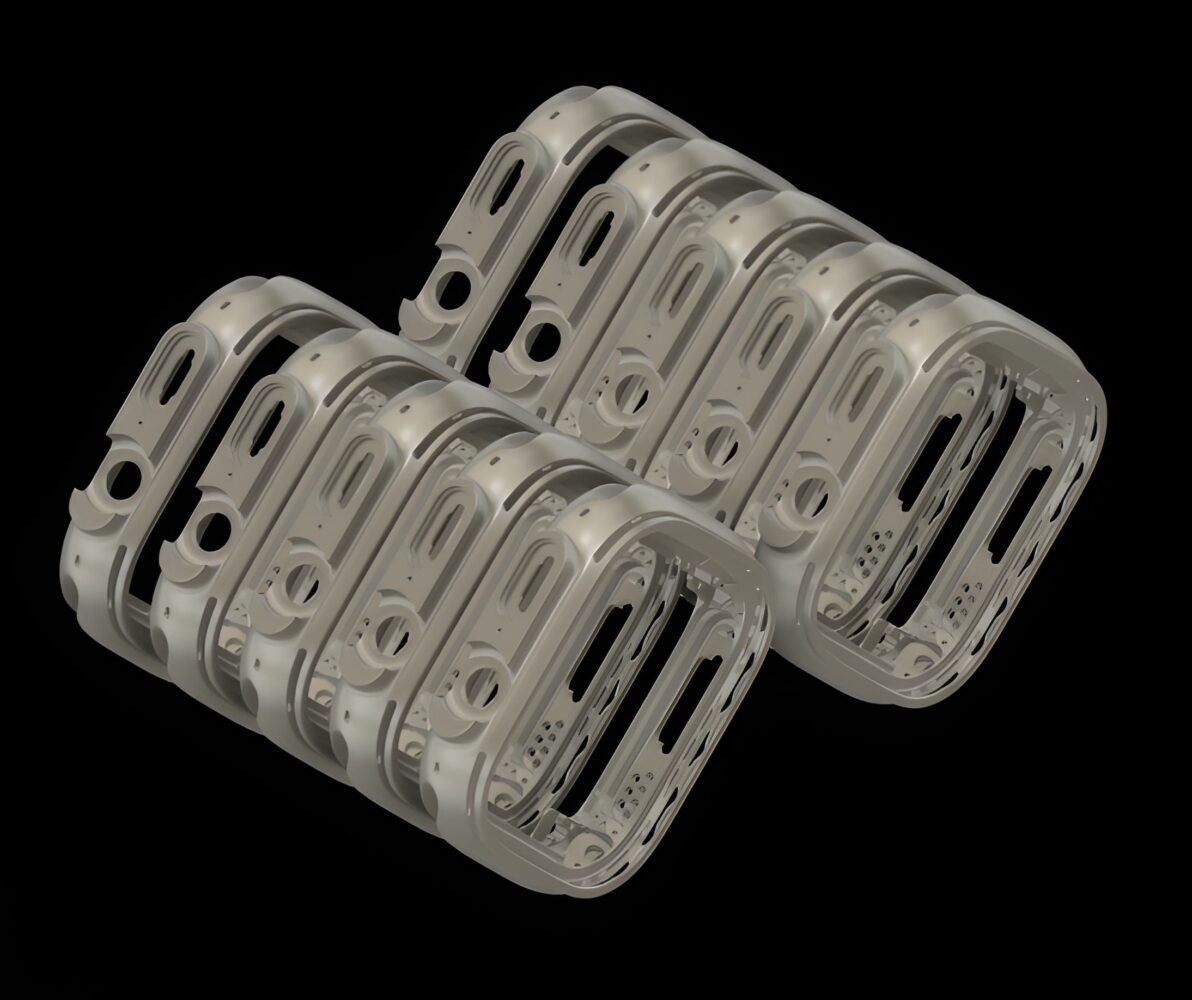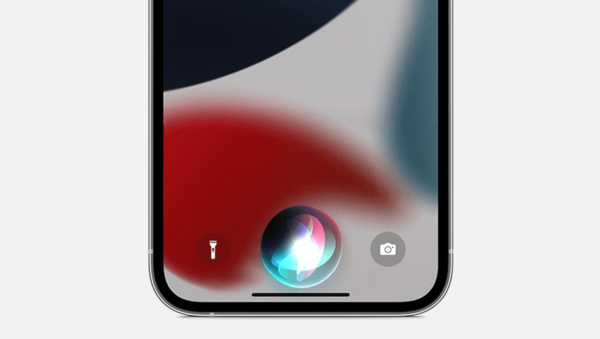TL;DR: A tender, funny, and unfiltered portrait of poet Andrea Gibson’s final months. It’s heartbreaking and life-affirming at once, carried by the electric bond between Gibson and Megan Falley. A must-watch on Apple TV+.
Come See Me in the Good Light
Come See Me in the Good Light is the kind of documentary that hits like an unexpected text from the universe. It’s tender. It’s messy. It’s funny in the way only people facing the worst can be funny. It’s also one of the most quietly devastating films Apple TV+ has released in years. Ryan White follows poets Andrea Gibson and Megan Falley as they navigate the final stretch of Gibson’s life with a mixture of gallows humor, bedroom whispers, and the kind of emotional honesty most of us spend our entire lives avoiding.
Cancer stories usually drown in cliché. Journeys. Battles. Lessons. Gibson and Falley flip that script. Falley tries to avoid clichés like potholes. Gibson sprints straight into them and somehow makes them feel true again. They talk about finding joy while staring straight at oblivion. They lean into mantras most of us would roll our eyes at. And they make it work because they believe every word they say. It’s raw. It’s unvarnished. It’s beautiful.
The camera lives with them through chemo, blood tests, long nights, and short bursts of hope. Their life moves in three-week cycles. Each test becomes a weather report. Good news means exhale. Bad news means collapse. Neutral news means nothing but waiting. The rhythm is brutal. The documentary never tries to soften it. Instead, it lets us sit in the tension the way the couple does—quietly, helplessly, and with a shaky smile.
Still, the film is never bleak. Gibson is simply too alive for that. Their wit is sharp enough to cut glass. Their presence radiates warmth. They joke with Falley and with the camera as if death isn’t lurking off-screen. One early moment—when Gibson jokes that Falley could “finger the cancer out”—is so shocking and so human that it becomes a thesis statement. This is how they survive the unbearable. They laugh so they don’t break.
White threads together Gibson’s past performances with their present decline. It’s fluid and ghostlike. One moment they’re a young poet ripping open a room with pure intensity. The next, they’re older, tired, but still glowing with the same fire. The contrast hurts. In a good way. In the way that reminds you time is real and cruel and unstoppable.
Their final show becomes the emotional peak. It’s not a goodbye. It’s not framed as a last chapter. It’s a celebration. A moment where Gibson steps back into themselves and offers everything they have left. Tig Notaro appears like a quiet comet. The energy in the room feels electric even through a screen. I found myself wanting to stand up in my living room and clap.
The film also digs into the hard contradictions that come with dying. Falley spent years battling body image issues. Now she watches her partner wish for any body at all. Gibson considers an experimental treatment that might extend their life but take their voice. Gender, once a lifelong exploration, becomes irrelevant when mortality steps in. And Gibson, who once spoke openly about wanting to die, suddenly wants nothing more than to stay alive. These moments land with no fanfare. They just sit there, heavy and honest.
Gibson died in July at 49. The film never mentions it. There’s no epilogue. No solemn text. No final note. White ends the story while Gibson is still here. Still vibrant. Still amazed by the world. It feels right. It feels merciful. It feels like the film is trying to hold onto them for one second longer.
Come See Me in the Good Light is one of the most intimate and moving documentaries of the year. It’s small and enormous at the same time. It’s about dying, but even more about living. It’s painful without being punishing. And it’s funny in a way that feels like oxygen.






